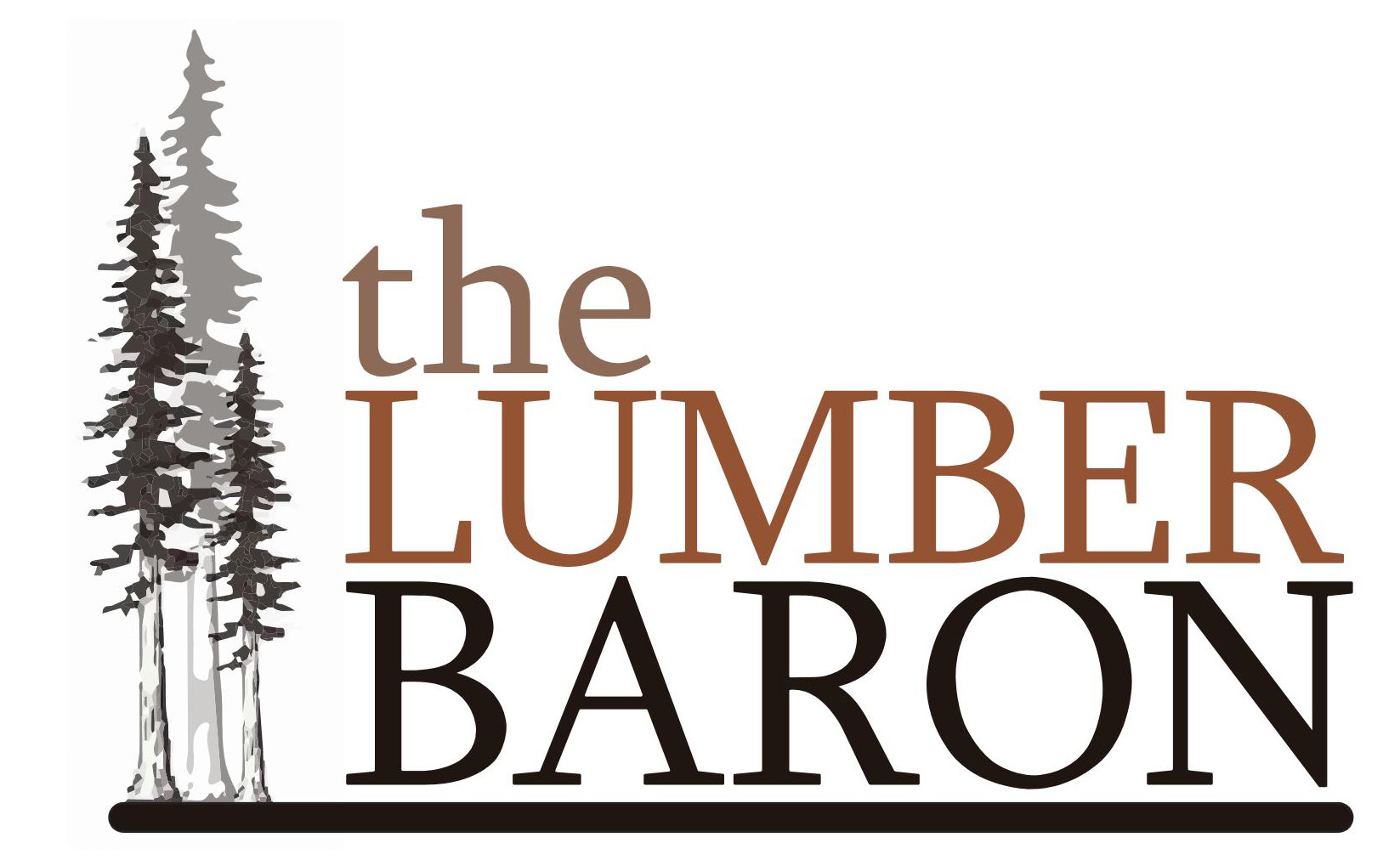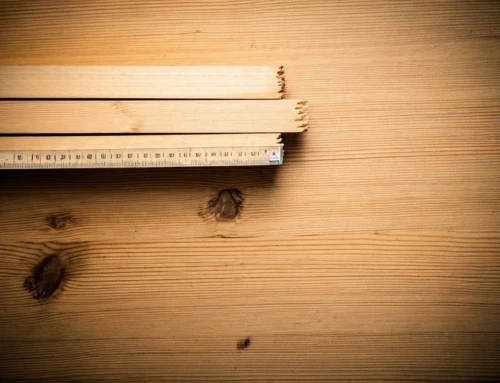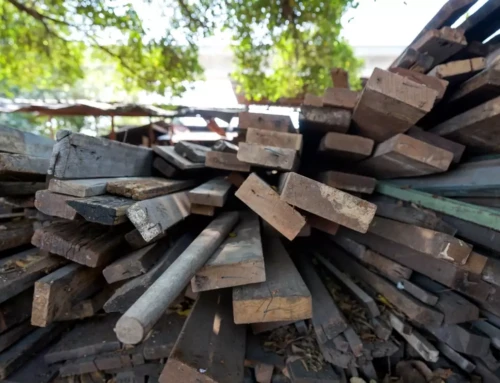In today’s eco-conscious world, sustainability is more than just a trend—it’s a necessity. One way to make a significant impact is by choosing LEED-certified wood for your projects. This blog will explore how using this environmentally friendly material can enhance your green credentials, promote sustainable practices, and contribute to a better future for our planet.
Understanding LEED Certification
LEED, or Leadership in Energy and Environmental Design, is a globally recognized green building certification system. It establishes a framework for healthy, highly efficient, and green buildings. Understanding LEED certification is essential for anyone looking to contribute to a sustainable future. With its focus on sustainability, LEED not only benefits the environment but also creates healthier living and working spaces.
To achieve LEED certification, projects must meet specific criteria across a variety of categories, including sustainable site development, water and energy efficiency, and material selection. This stringent assessment covers everything from the choice of materials to the environmental impact of constructing and operating the building. Therefore, choosing LEED-certified wood is a powerful step in demonstrating a commitment to sustainability.
In addition to the environmental benefits, LEED certification often leads to lower operating costs and higher property values. By understanding how LEED operates, builders and architects can better navigate the certification process while enhancing their projects’ green credentials.
The Importance of Sustainable Building Materials
Choosing sustainable materials is fundamental to minimizing the environmental impact of construction. Sustainable building materials, such as LEED-certified wood, are sourced from managed forests or are reclaimed, both of which are renewable and help combat deforestation. This has both environmental and social benefits, supporting local economies and ecosystems.
Additionally, using sustainable materials can enhance the health and well-being of occupants. Many traditional building materials release harmful volatile organic compounds (VOCs), whereas LEED-certified wood often has low to zero emissions. This translates into better indoor air quality, making spaces healthier and more enjoyable to inhabit.
In today’s market, consumers are increasingly aware of the impacts of their choices. They are prioritizing products that are environmentally responsible. By using sustainable building materials, businesses can not only meet these growing demands but also differentiate themselves in a competitive landscape.
How LEED-Certified Wood is Sourced
LEED-certified wood is sourced from sustainably managed forests, which adhere to strict practices that ensure the longevity of the forest ecosystem. These practices involve selective logging and replanting efforts, which help to maintain the balance of the forest while providing necessary materials for construction. This responsible sourcing is key in promoting biodiversity.
An even better LEED-certified option is reclaimed lumber. Previously used in structures such as buildings, barns, bridges or reservoirs, old growth reclaimed wood is stronger then most farm raised lumber in today’s market. The Lumber Baron stocks a number of high quality Redwood, Doug Fir, Mahogany and Pine options. The story and provenance behind each piece of reclaimed lumber gives added value. Using reclaimed lumber also creates less of a carbon footprint then that of new lumber.
One of the main organizations responsible for certifying wood is the Forest Stewardship Council (FSC). An FSC certification guarantees that the wood has been harvested in an environmentally responsible way, which aligns perfectly with the principles of LEED. This means that when you choose LEED-certified wood, you can feel good knowing you’re supporting sustainable forestry practices and/or using reclaimed lumber.
In essence, the responsible sourcing of LEED-certified wood not only benefits the environment but also creates a market demand for sustainably harvested timber and reclaimed lumber. This, in turn, encourages more companies to adopt sustainable practices, creating a ripple effect throughout the industry.
Benefits of Using LEED-Certified Wood
The benefits of using LEED-certified wood extend well beyond just gaining points for LEED certification. First and foremost, it promotes environmental sustainability, which is increasingly important to consumers and clients alike. By utilizing this material, builders can significantly reduce their carbon footprint, contributing to a healthier planet.
Furthermore, LEED-certified wood is not just environmentally friendly; it also boasts excellent durability and performance. With proper maintenance, buildings constructed with this wood can last for decades, offering long-term savings on materials and resources. Many of our reclaimed lumber products have already lasted 100 years or more! This reliability can greatly influence project budgets and timelines.
Moreover, using LEED-certified wood can enhance your brand image. More businesses and consumers are looking to partner with environmentally conscious companies, and showcasing LEED lumber, both new and reclaimed, can set your projects apart. This not only improves your reputation but can also attract new clients who prioritize sustainability.
Tips for Choosing and Implementing LEED-Certified Wood
When embarking on a project that involves LEED-certified wood, one of the first steps is to work with suppliers who are transparent about their sourcing practices. Ensure they can provide certification documentation that confirms their wood is sustainably harvested. This diligence will pay off in the long run. Here at The Lumber Baron all our reclaimed lumber is FSC certified and we only buy from redwood, cedar and mahogany mills that practice sustainable cutting practices.
Additionally, consider the lifecycle of the wood you select. Opt for materials that not only meet immediate project needs but will also endure over time. By choosing durable options, you safeguard your investment and contribute to sustainability by reducing the frequency of replacements.
Moreover, team collaboration is essential. Engage architects, builders, and suppliers early in the decision-making process to ensure everyone is aligned with your sustainability goals. Your design goal should be a timeless one. Using trendy materials leads to things looking outdated and in need of remodeling. Think of shaggy carpets, floral wall paper, formica countertops, linoleum floors, pop corn ceilings…the list goes on. The use of quality lumber always seems to buck these trends. The warm feeling of lumber relaxes people and puts them more in touch with nature. A collaborative approach with a shared commitment to using LEED-certified wood enhances the overall effectiveness and longevity of your project.
The Future of Green Building Practices
Looking ahead, the future of green building practices is promising, particularly with the increasing adoption of sustainable materials like LEED-certified wood. As climate change continues to pose serious challenges, there is an ever-growing need for environmentally responsible construction. This shift is not merely a trend; it is becoming a necessity in the industry.
Additionally, advancements in technology are paving the way for even more innovative green building practices. From new material options to improved design techniques, the industry is rapidly evolving. Companies that embrace these changes and prioritize sustainability are likely to lead the way, setting an example for others to follow.
Consequently, incorporating LEED-certified wood and lumber into construction projects not only enhances environmental sustainability but also positions businesses for success in the future. As more people recognize the value of green building, choosing such sustainable materials will become a defining aspect of successful design. This ongoing trend will undoubtedly keep LEED at the forefront of sustainable building practices and The Lumber Baron at the forefront of supplying these sustainable lumber options.
Embracing LEED-Certified Wood for a Sustainable Future
By incorporating LEED-certified wood and lumber into your projects, you not only elevate your green credentials but also support a sustainable future for generations to come. Making mindful choices about materials can lead to a more eco-friendly environment, and it’s an investment in both present and future needs.







